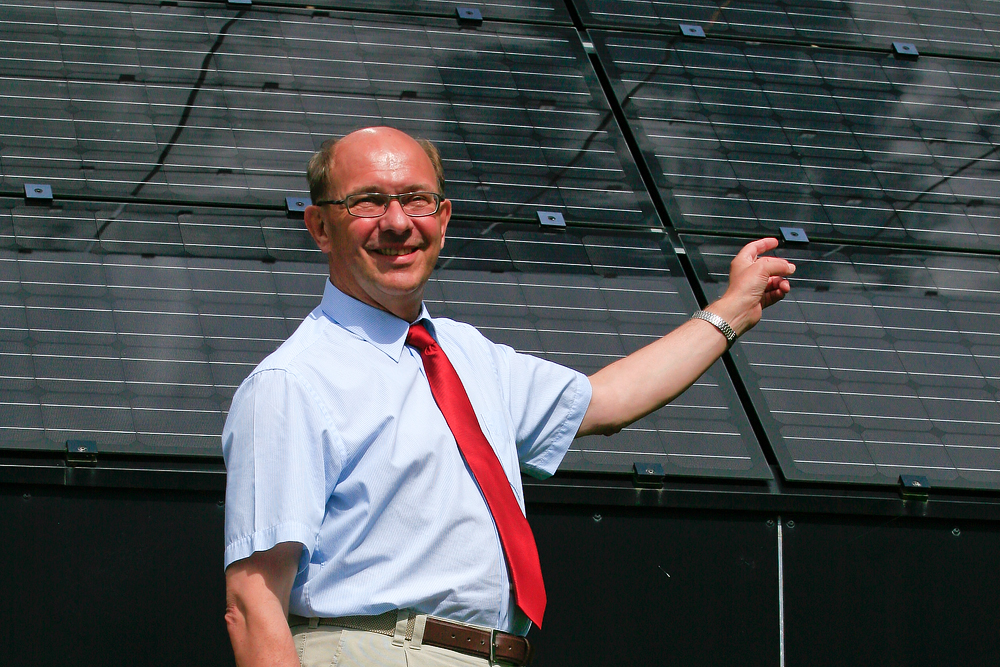
The 2013 Pioneer Award went to the Technical University of Denmark (DTU) where scientists carried out ground breaking work on a zero-energy building. The building was constructed on campus in Copenhagen in the 1970s and used for simulations and measurements for the optimisation of building components and building technology. Some of the employed technologies included mobile thermal insulation in front of the windows, a heat recovery system for exhaust air and a solar heating system. Experiences from this project were directly incorporated into Passive House research from the very beginning.
As project leader, Torben Esbensen attended the 2013 International Passive House Conference in Frankfurt, Germany to accept the award on behalf of the entire project team. We reached out to Mr. Esbensen with some questions as part of our series on Passive House Pioneers.
What is your impression of the Pioneer Award? Do you remember your first thoughts upon learning you were to be one of 2013 Pioneer Award recipients?
I think that the Pioneer Award is a very good idea. I was proud to be nominated for this award, and I often show the diploma to visitors in my office.
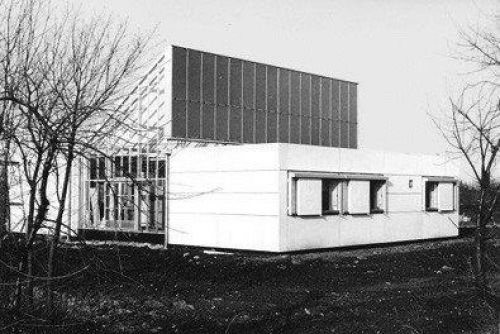
What motivated you to take on such an ambitious, energy efficient building project at the time?
We initiated the DTU Zero Energy House project in the summer of 1973. The motivation was the first oil-crisis that summer, where among other things, the government in Denmark introduced “car-free Sundays”. It was forbidden to drive private cars on Sunday that summer.
Do you remember the initial feedback you got from other building physicists, civil engineers, architects, builders, etc. when you first came to them with your plans?
Due to the oil-crisis in 1973 there was a big interest among professionals to follow this project, and everyone thought that it was an important initiative. I travelled a lot in Europe during those years as an invited speaker to present the project.
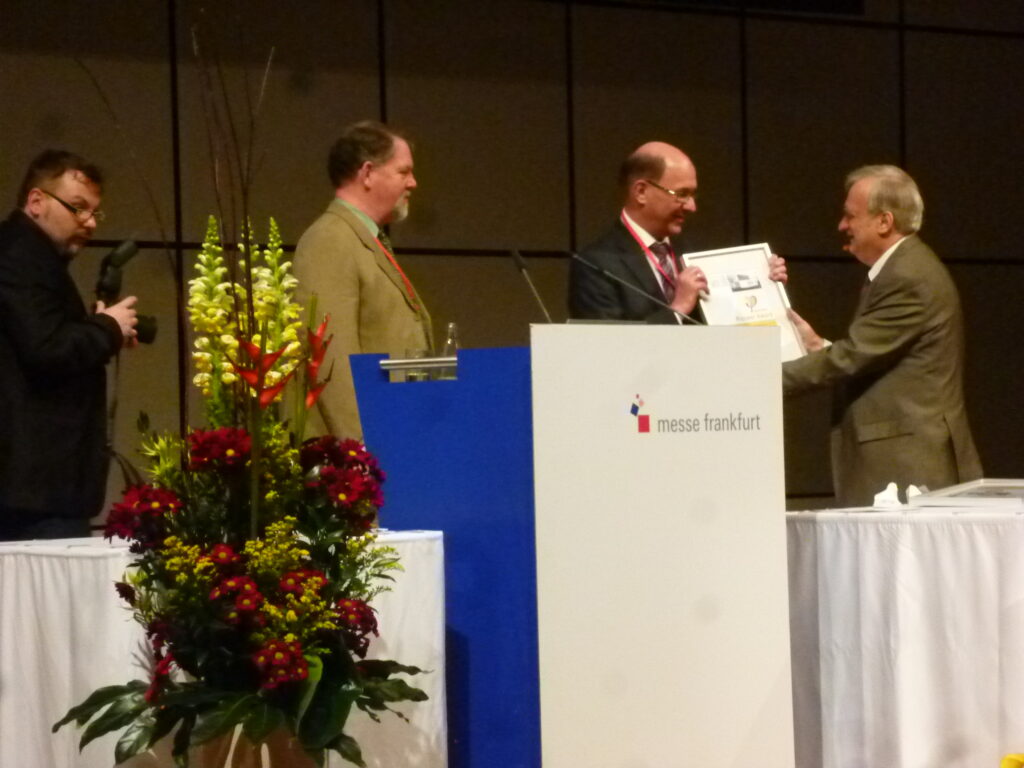
What were some of the specific challenges to your project? How did you overcome them?
One of the big challenges was that there were no computer programmes/software available to simulate the performance of a zero energy building. We developed the programmes ourselves with the help of PhD students.
Having been a post-grad student when you were originally working on this project with the late Professor Vagn Korsgaard, you must have seen building standards change a lot in the time that you have been in the field. What changes do you think have been most influential to the field of energy efficient buildings?
I think that the most important changes in building standards over the years have been government regulations of U-values, regulations on air-tightness, improvement of heat recovery in ventilation systems and the introduction of solar panels in buildings.
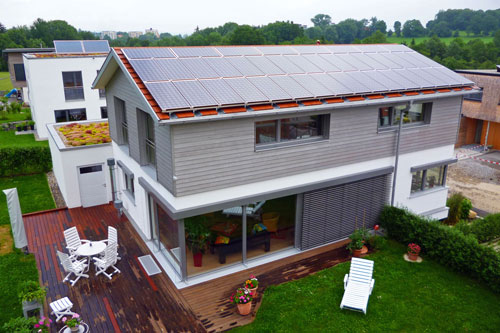
As an expert on sustainable buildings, how have you improved your own home’s impact?
My own home, which is from 1935, has been improved by better insulation, new windows, solar heating panels and conversion to CO2 -neutral district heating.
You currently work at Danish Energy Management & Esbensen, which is a company spawned from the merger of your family company, Esbensen Consulting Engineers, and Danish Energy Management. Can you tell us more about the work you have done there, and how it relates to energy efficient buildings?
I have worked all 40 years of my career as a consulting engineer working on the design of energy efficient buildings – new buildings as well as retrofitting. Furthermore, I am very much involved in the so-called Project Zero organisation, which has the goal to transform my home-city Sonderborg, Denmark into a zero carbon city in 2029.
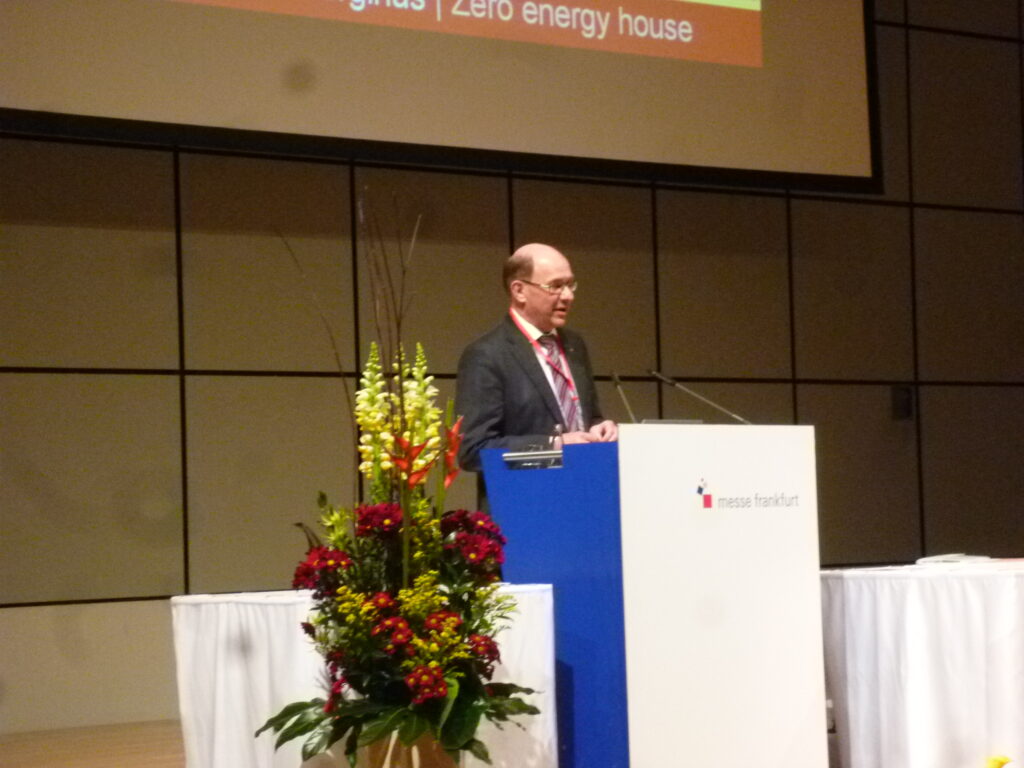
What do you imagine future buildings will look like in terms of technology and energy efficiency?
I think that future buildings will be Nearly Zero Energy Buildings (nZEBs) rather than Zero Energy Buildings – and I think that building-integrated solar cells will be normal in the future, and that heat pumps will cover the heating demand in areas not covered by CO2-neutral district heating.






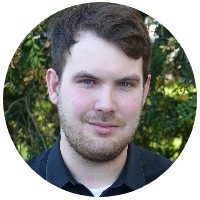 Carl supports our international communication activities and is the point of contact for administrative enquiries.
Carl supports our international communication activities and is the point of contact for administrative enquiries.